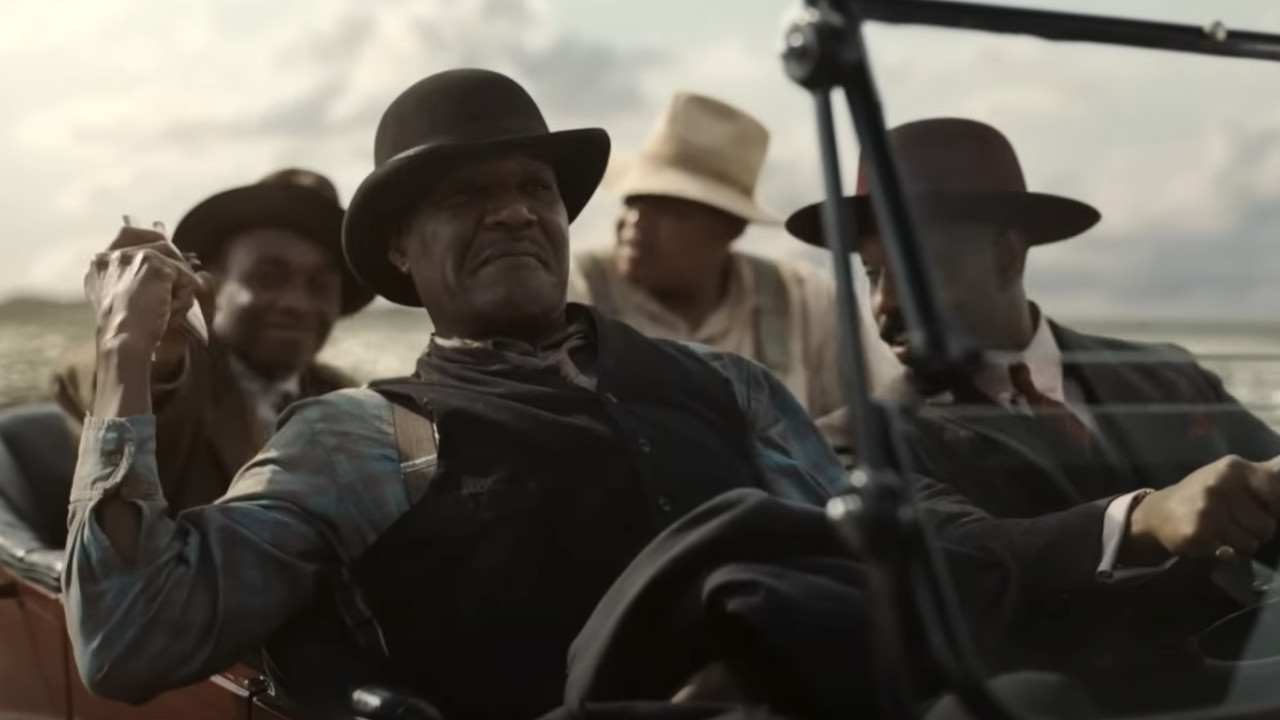
Without a doubt, “Sinners” has become one of my top-tier films ever. It seems that many others feel the same way, given the buzz and conversation it generated for quite some time.
With MAX releasing it, there’s a good chance the discussion about it will continue, given its innovative feature catering to the Black deaf community. However, isn’t that typical of “Sinners”? Surprisingly, for a vampire movie, it aims for extensive representation. In essence, Ryan Coogler’s masterpiece boasts a broad inclusion of underrepresented communities.
Another thing I adore about this movie is simply its exceptional storytelling. Join me in adding my admiration to the chorus of those who appreciate this brilliantly crafted film. Rest assured, I won’t be the only one singing its praises when we look back on 2025.
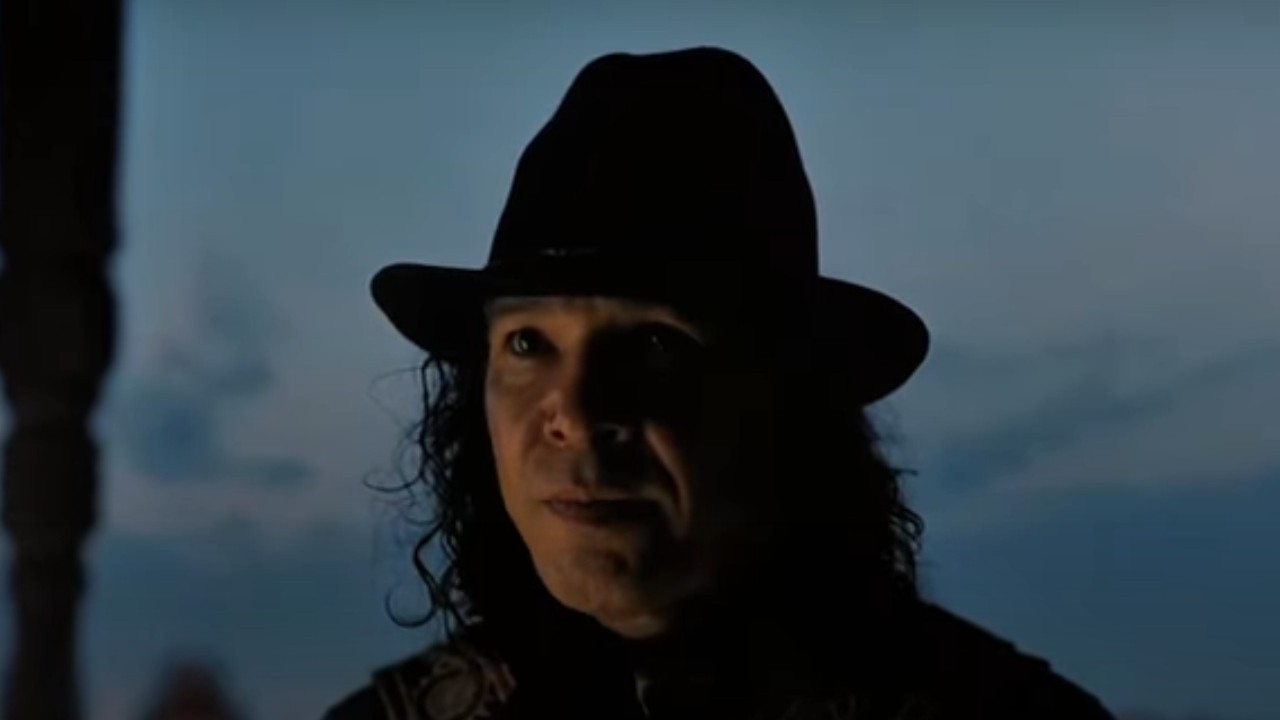
I Love How The Choctaw People Are Certified Vampire Hunters
As a cinephile, let me share a moment that truly captivated my heart with this movie. It was when a figure plummeted from the heavens, stumbling towards a dwelling while his very essence smoldered. The sight was so unsettling, yet it drew me further into the enigmatic realm that Ryan Coogler masterfully crafted.
However, the Choctaw bloodline of vampire slayers suddenly appeared, igniting a spark of excitement within me. It’s fascinating to consider that those deeply rooted in the land, with unparalleled knowledge of it, would be the ones who acknowledged the existence of vampires and were determined to exterminate them.
The peculiar situation involves a white couple, who happen to be members of the KKK, perceiving the vampire they’ve inadvertently welcomed into their home as less menacing than the Choctaw folks, who sincerely aim to assist the family.
I’m thrilled whenever on-screen characters from Native American communities are portrayed, and it brings me joy to see the most intriguing characters in this film being depicted as members of the Choctaw Nation, a people who would have inhabited Mississippi during that particular era.
It’s impressive that the filmmakers chose the Choctaw Nation as the indigenous vampire hunting group in this production, enhancing the sense of authenticity. Well done!
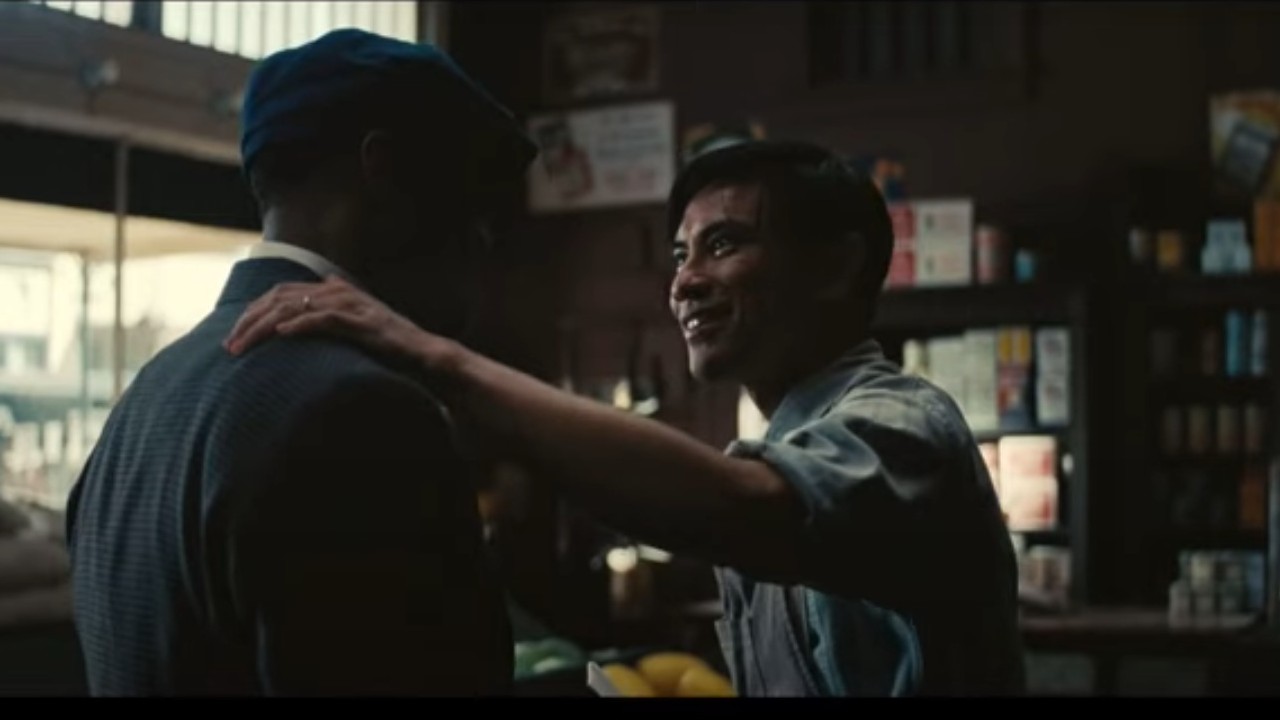
The Chinese Couple Live In Both White And Black Worlds
One fascinating aspect of the movie “Sinners” is that it provided me with an abundance of knowledge about American history. For instance, during a viewing session with my spouse, there was a scene where Smoke and Stack were attempting to enlist workers for their juke joint. In this Jim Crow-era south, they seemed to transition from the African-American neighborhood to what appeared to be a white area, which underscores the racial segregation of that time.
It’s worth noting here. The characters portrayed by Thomas Pang (also known as Yao) and Li Jun Li, who represent Bo Chow and Grace Chow respectively, appear to inhabit both the white and Black communities.
In the store, it’s noticeable that many white individuals shop there, but interestingly, a Chinese couple are suppliers for the Black Moore twins as well. This is a fact I came across, and it involves the selling of food to both black and white people in the South, distinct from any Sinners narrative.
Another aspect I adore in this film is its authenticity. It wasn’t necessary for the store owners to be portrayed as a Chinese couple with a child, but their representation adds depth and richness to the movie.
It’s heartwarming to watch Bo and Grace engaging with the African American patrons, and despite their diverse origins, they all inhabit a realm where they’re underrepresented. Interestingly, many of the white characters in this movie don’t present as forward-thinking – a reflection of the era – but there is one who buckes the trend, and I’ll delve into him shortly.
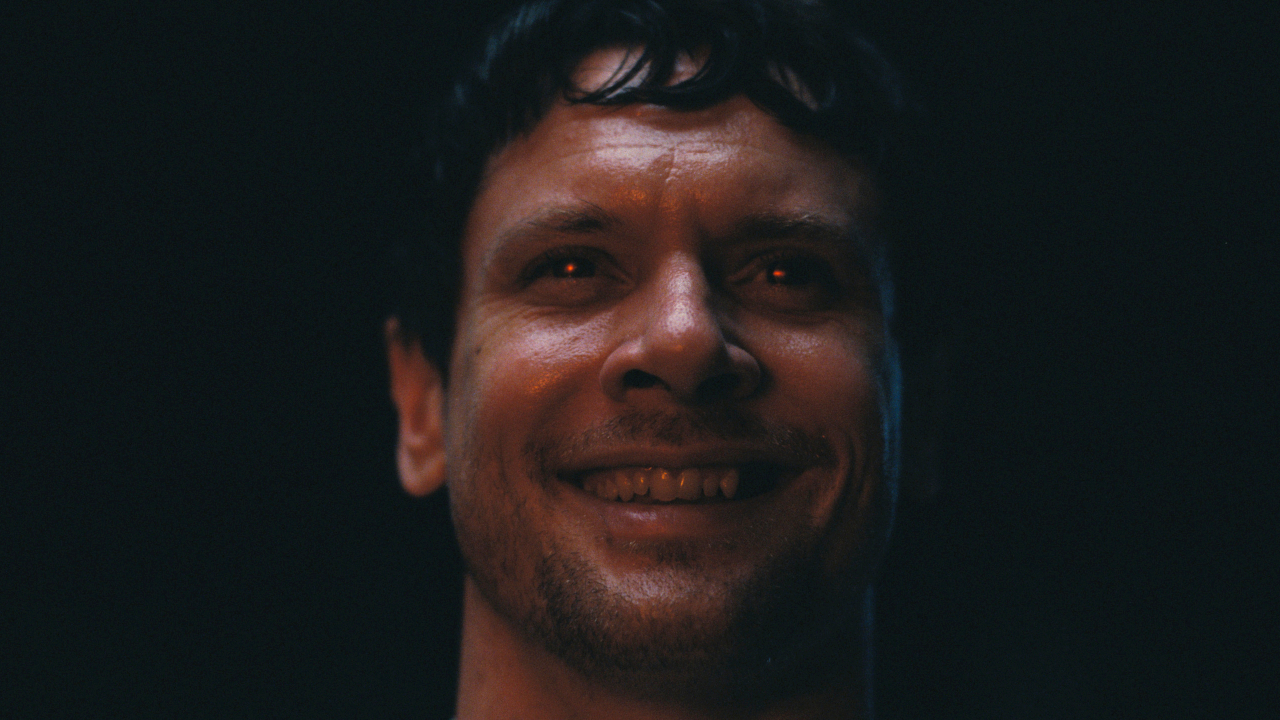
This Film Even Has Irish Representation
In a thought-provoking piece penned by my coworker, Ryan LaBee, he delves into why the monstrous figures in the movie “Sinners” had to be vampires. One of his key findings was that these bloodsuckers symbolize transforming into something you deeply abhor. I can undeniably grasp his perspective on this film, but what particularly struck me about it was the inclusive nature of its Irish leader, Remmick (portrayed by Jack O’Connell).
Instead of having a discriminatory community similar to the KKK which may welcome Black people one moment and attack them the next, Remmick’s vampire community embraces all individuals regardless of race or background. Initially, his first victims were a white couple who allowed him into their home; however, this was primarily due to the fact that he was hiding from vampire hunters at the time.
Later on, he invites some Black partygoers and Mary (Hailee Steinfeld) – who joins shortly after with her partner – into the group. Subsequently, Bo transforms into a vampire, leading up to another memorable scene, specifically the Irish dance sequence set to “Rocky Road to Dublin”.
Introducing an Irish vampire character, who embodies his culture, complements rather than conflicts with the narrative of the Chinese couple in the film, much like adding a new spice to a pot of stew enhances its overall flavor without overpowering the existing ingredients. The result is a harmonious blend that offers a unique and rich experience, much like tasting the best stew you’ve ever had.
For me, that’s the essence of variety (or a simile could be using a mixed stew as an analogy), and it’s what makes the experience with Sinners particularly delightful.
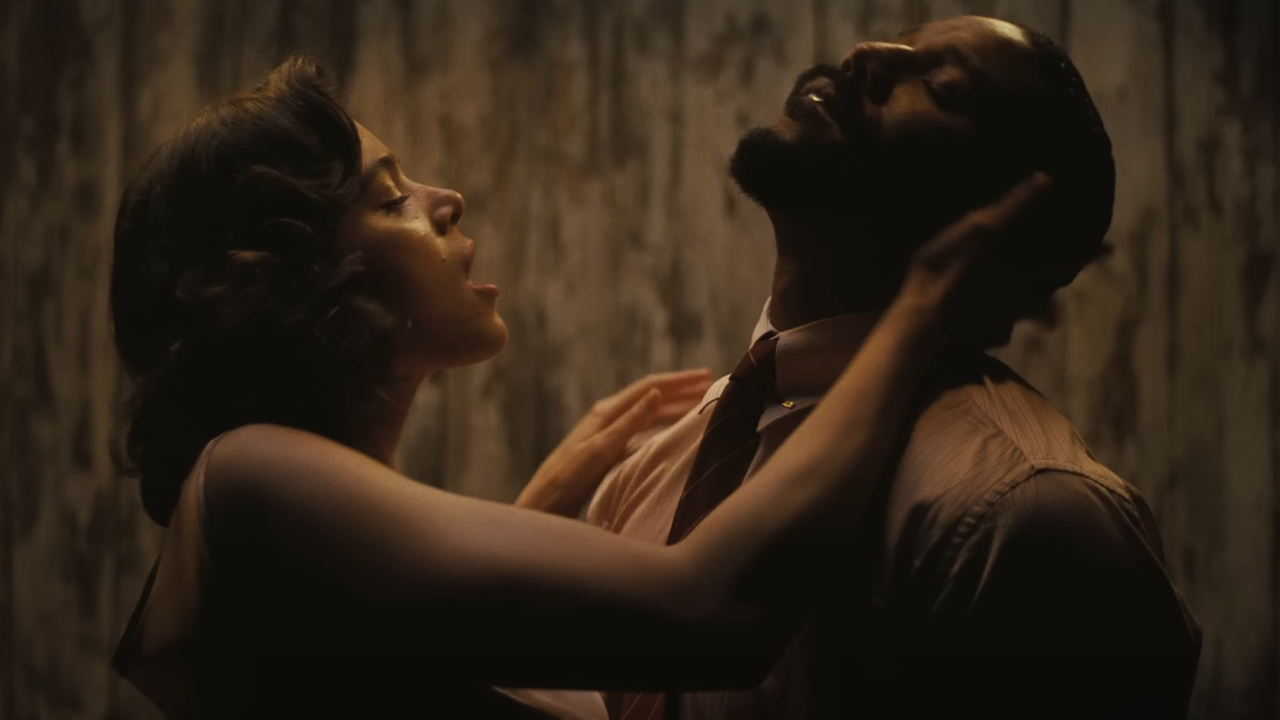
I Also Love The Biracial Relationship That’s Presented In This Film
In my earlier discussion, I pointed out that the majority of white characters in this film aren’t particularly progressive, with exceptions like the Irish vampire. However, there’s another character worth noting, and that’s Stack’s ex-girlfriend, Mary. Interestingly, Mary is biracial, or as some might say, “white-passing,” meaning she has features that are typically associated with being white. Yet, to most people, she appears to be purely of Caucasian descent.
In a deeply personal way, this part of the movie resonated with me greatly because, being in an interracial marriage myself and having interracial kids, I can empathize with Mary’s situation. Deep within her, she understands why Stack, who is undeniably Black, has chosen to distance himself from her for her own safety. However, she harbors resentment towards him because he believes that she requires his protection. This scenario often crosses my mind as well when my interracial children mature and begin dating. Will race pose a problem for them? Will they face challenges in forming relationships due to their mixed heritage of being both Black and Filipino?
In a different phrasing: It’s not clear to me, but I find it interesting that this plot thread is genuine in the movie. Michael B. Jordan, who has been featured in every Ryan Coogler production, takes on dual roles. One character is married to a Black woman with whom he’s estranged, while another had a mixed-race girlfriend previously. What I appreciate about it is that they all cooperate and work together harmoniously.
To put it simply, Mary is warmly embraced within the Black community, and when she visits the juke joint, it feels as if she’s returning to a familiar home.
In the end of the movie, it’s clear that Mary remained with Stack, a remarkable fact sixty years post the pivotal night. This implies they lived long enough to witness a nation transition from largely disallowing interracial relationships, to embracing them wholeheartedly. It’s quite a powerful portrayal in one film!
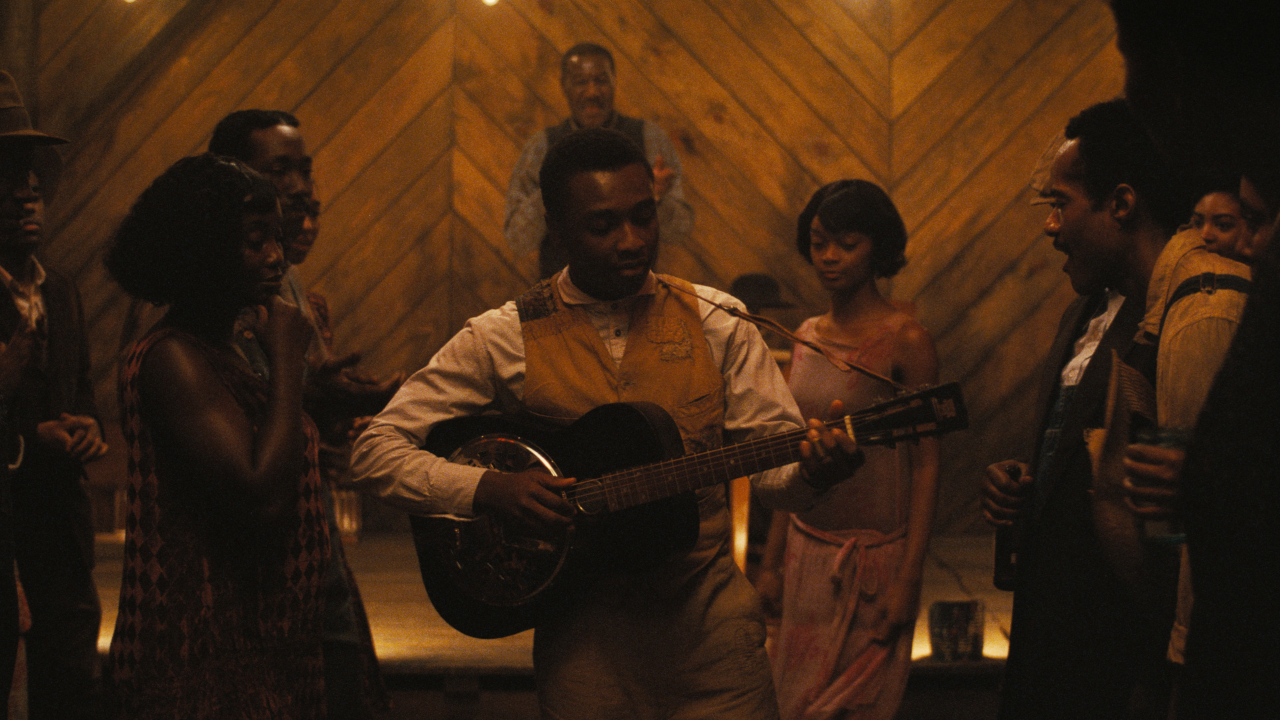
Plus, The Southern Black Experience Is On Full Display
To conclude, although I identify as Black, I hail from the North. Once, my spouse and I visited Busch Gardens in Virginia, and I felt quite unsettled upon seeing Confederate flags everywhere, as it’s something I’m not typically exposed to.
However, those who have transgressed often find themselves in that place, reflecting on the heartrending history of racial segregation many African Americans endured in the South. Indeed, one particularly poignant scene in the film left my spouse in tears, as it depicted an unjustified killing of a Black individual.
And, even this portrayal of the Southern Black experience felt like a form of representation to me.
In a large nation like ours, I sometimes perceive that Southern Black communities live in a distinct cultural realm compared to my own experiences. This disparity is also noticeable in music; as a New Jersey resident near New York, I tend to associate top-tier hip-hop with artists such as Nas, KRS-One, and the Wu-Tang Clan. However, Black people across the country may regard artists like Scarface, 2Pac, Kendrick Lamar, or J. Cole as the most exceptional rappers in America.
Essentially, my point is that the movie was deeply rooted in its region, and it seemed as though it was written as a heartfelt tribute to the African-American community in that specific location.
Of course! What were your feelings about how the movie portrayed itself? I’m really interested in hearing your opinion on it.
Read More
- Who Is Harley Wallace? The Heartbreaking Truth Behind Bring Her Back’s Dedication
- 50 Ankle Break & Score Sound ID Codes for Basketball Zero
- 50 Goal Sound ID Codes for Blue Lock Rivals
- Elden Ring Nightreign Enhanced Boss Arrives in Surprise Update
- KPop Demon Hunters: Real Ages Revealed?!
- 100 Most-Watched TV Series of 2024-25 Across Streaming, Broadcast and Cable: ‘Squid Game’ Leads This Season’s Rankers
- How to play Delta Force Black Hawk Down campaign solo. Single player Explained
- Here’s Why Your Nintendo Switch 2 Display Looks So Blurry
- MrBeast removes controversial AI thumbnail tool after wave of backlash
- Basketball Zero Boombox & Music ID Codes – Roblox
2025-07-05 16:09